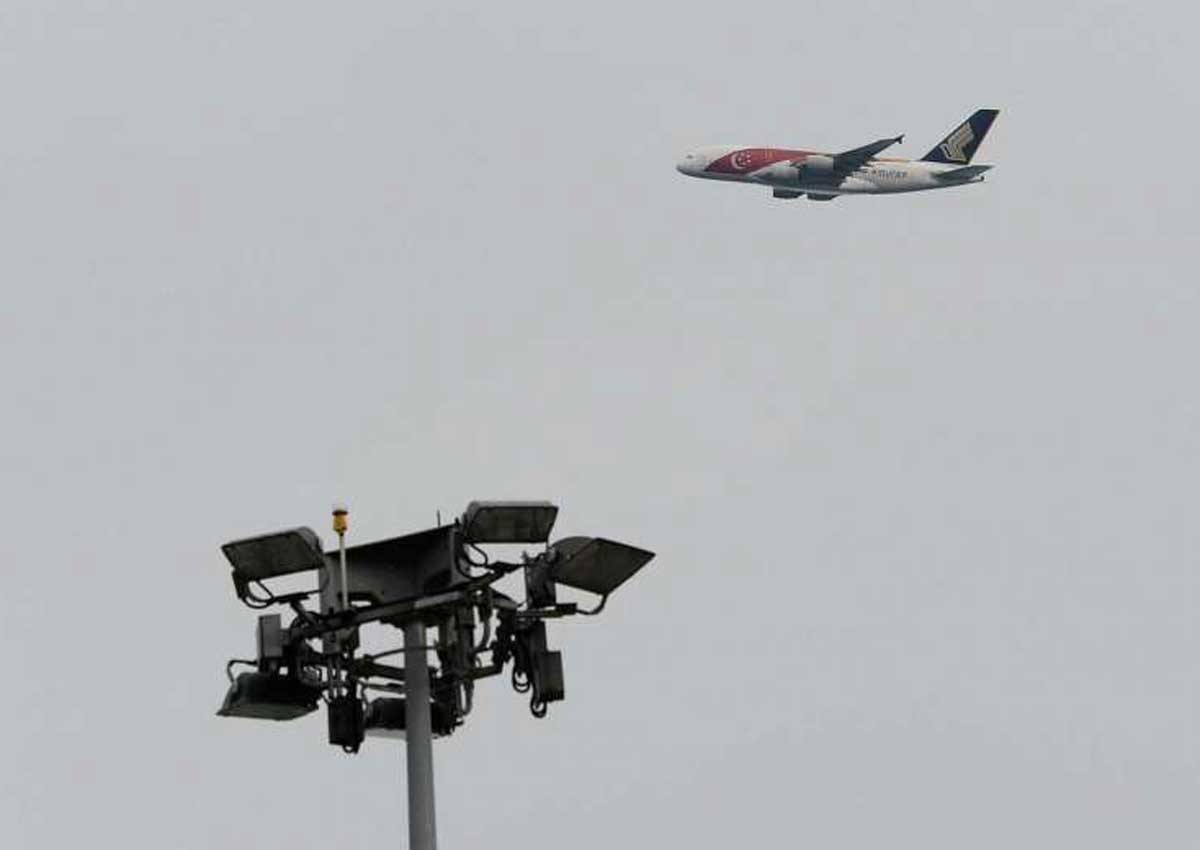Every passenger has experienced it: trapped in a plane while it circles for what seems an interminable period above the airport where it is supposed to land.
Now, airports and airlines in the region have reached agreement that while delays may be mostly inevitable, it is better to have travellers wait on the ground than in the air.
With this in mind, a Singapore push to work on sharing information and planning flights – the first of its kind in this region – is gaining steam.
The idea is that planes should just stay on the ground instead of taking off, if there is a foreseen delay for any reason – for instance, overcrowded runways or bad weather – at the arriving airport.
The goal is to avoid aircraft circling in the air.
So far, 26 airports and close to 20 airlines in six Asian territories – Singapore, China, Hong Kong, Thailand, Malaysia and Indonesia – are on board.
Trials have been conducted successfully.
The system is expected to be fully operational in a few years.
The air traffic flow management initiative is supported by global airline body International Air Transport Association (Iata) and the Civil Aviation Authority of Singapore (CAAS).
The benefits are immense, they tell The Straits Times.
Flight times will be trimmed, allowing for reduction of fuel burn.
Airports will be able to handle flights more efficiently, in turn increasing total capacity.
And delayed passengers can wait in the airport terminals instead of being stuck in the aircraft.
All this is critical for a region that continues to attract more air travellers and flights, say experts.
For instance, said a CAAS spokesman, “having flights held on the ground at the departure airport rather than in the air around the arrival airport helps to reduce the aircraft’s fuel burn and carbon emissions”.
Better flight management also provides airlines with more predictability.
This then allows for better planning and more efficient deployment of ground resources at airports as well, she said.
Recent trials bore this out.
During the three rehearsal days prior to and on National Day itself, a total of 112 flights flying to Singapore were involved.
With better planning, there was a reduction in airborne holding time by about six minutes for each flight, which translated into fuel savings of approximately $100,000, the spokesman said.
Mr Nicholas Ionides, the spokesman for SIA, said: “The value for our customers is better predictability of landing time.”
The initiative came despite the challenges of forging a cross-border partnership.
Iata’s regional director in Asia for safety and flight operations Blair Cowles said “many complex issues need to be resolved”.
Harmonising processes between jurisdictions, for instance, will take time.
“The positive thing is the region has started on this journey,” he said.
China, Japan and South Korea are also working on a similar initiative.
Elsewhere, such planning happens mainly for domestic flights, for example within the US.
The main exception is in Europe where a single authority controls all flights within the European Union.
With air traffic in the Asia-Pacific projected to triple by 2030, steps must be taken now to manage air traffic flows in future, say the experts.
Apart from cooperating in flight planning, work is also under way within the 10-member Asean group to analyse air traffic flows, predict future air traffic demand and assess airspace capacity.
In a world where “airlines operate without borders”, the same approach should apply to air traffic management, Mr Cowles said.

This article was first published on Oct 17, 2016.
Get a copy of The Straits Times or go to straitstimes.com for more stories.






